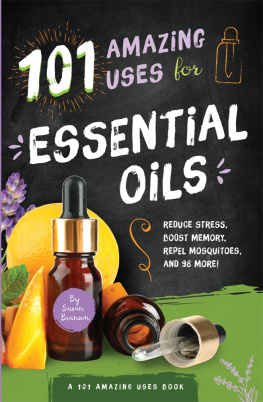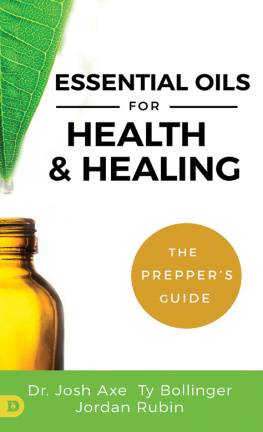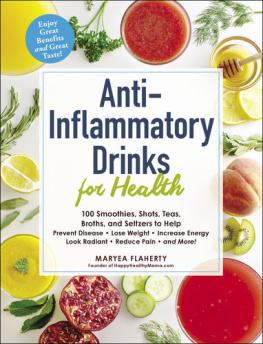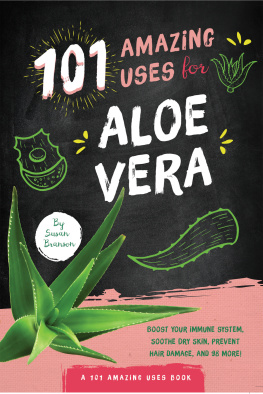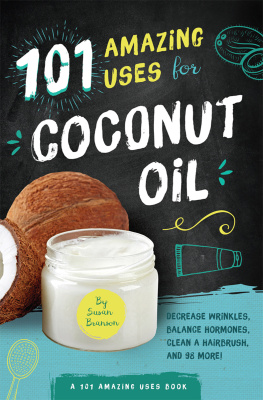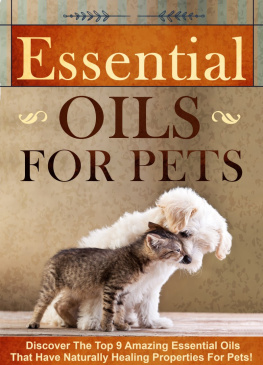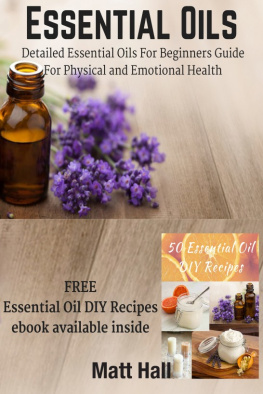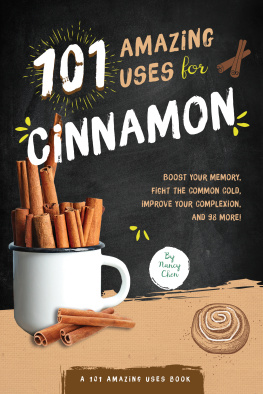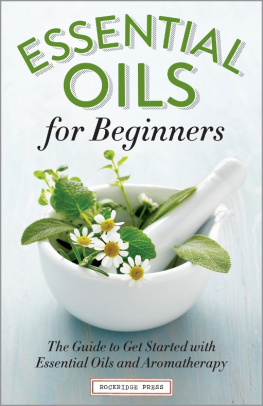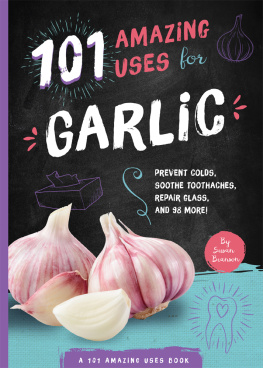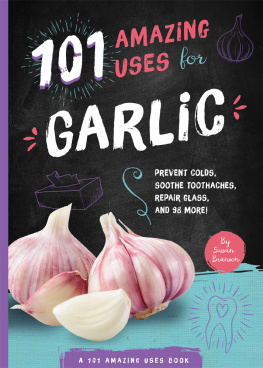
FOR My CRONiES Who
Keep Me Laughing
Copyright 2017 by Susan Branson
All rights reserved.
Published by Familius LLC, www.familius.com
Familius books are available at special discounts for bulk purchases, whether for sales promotions or for family or corporate use. For more information, contact Familius Sales at 559-876-2170 or email orders@familius.com .
Reproduction of this book in any manner, in whole or in part, without written permission of the publisher is prohibited.
DISCLAIMER: The material in this book is for informational purposes only. It is not intended to be a substitute for professional medical advice, diagnosis, or treatment. Always seek the advice of your physician or other qualified healthcare provider with any questions you may have regarding a medical condition or treatment. Never disregard professional medical advice or delay in seeking it because of something you have read in this book.
Library of Congress Cataloging-in-Publication Data
2017933385
Print ISBN 9781945547164
Ebook ISBN 9781945547584
Printed in the United States of America
Edited by Lindsay Sandberg
Cover design by David Miles
Book design by Brooke Jorden and David Miles
10 9 8 7 6 5 4 3 2 1
First Edition


CONTENTS

INTRODUCTiON

WHAT SMELLS SO GOod?
The fresh scent of lemons, the soothing aroma of lavender, or the mystical fragrance of frankincense can conjure feelings of happiness, serenity, or clarity. Essential oil qualities stretch far beyond their beautiful scent and can invoke physiological changes in the both the mind and body. When inhaled, smell receptors in the nose send messages along the olfactory nerve to the part of the brain responsible for emotions and behavior. This part is also connected to other parts of the brain that control breathing, blood pressure, stress, memory, and hormones. and even cross the blood-brain barrier. The composition of each oil is unique to its source and can even vary widely within genera. Most oils are made up primarily of terpenes, which impart the particular aroma of the oil and give the plant its antimicrobial defenses. These properties, along with their antioxidant, anti-inflammatory, and pain-relieving abilities, are delivered to the individual using the oil. Essential oils do not contain vitamins, minerals, hormones, or nutrients.
These oils are volatile liquids produced from steam or hydrodistillation of plant leaves, stems, bark, flowers, seeds, or roots. The only oils produced differently are citrus oils, which are cold pressed from the citrus peels. It takes a lot of plant material to produce a small amount of oil and is the reason why pure essential oils can be quite expensive. Four thousand pounds of roses are needed to get one pound of oil; other plants dont need quite such high amounts of raw material. A pound of lavender oil can be produced from 220 pounds of lavender flowers. Essential oils are very concentrated, so a little goes a long way.

From MummIfIcatIOn
To Aromatherapy,
Essential Oil Use
Throughout HIstory.
Long ago, our ancestors burned locally grown aromatic woods and herbs to smoke out evil spirits thought to be responsible for causing illness. As the years went on and man became more intellectually adventurous and innovative, civilizations began to use aromatic plants in healing, spiritual practice, and beauty treatments. While credit is commonly given to the Egyptians for beginning this tradition as long ago as five thousand years, similar uses of plant essences in both India and China were found around the same time.
The Egyptians burned incense from aromatic plants in religious ceremonies to help carry messages to their deities. It was the temple priests who prepared plant oils for religious and medicinal purposes, and they were so highly prized and expensive that some cost as much as precious metals and gems. One of the most famous uses of aromatic plant oils by the Egyptians was in the mummification process. Embalmers used cinnamon, myrrh, frankincense, juniper berry, and cedarwood to prepare the bodies for burial and the afterlife. During their earthly lives, oil use was widespread. Egyptians anointed their bodies with oils after bathing to soothe, condition, and perfume the skin. Cleopatra, known for her charm and allure, is said to have used them extensively in her beauty treatments. So enamored were they with the enticing scents the oils imparted that they became expert perfumers and were renowned for the quality and diversity of their perfumes. After his victorious defeat of Egypt, Julius Caesar returned to Rome with the highly prized Egyptian perfumes and tossed full bottles into the Roman crowds as a celebration.
The Yellow Emperor of China wrote a book on internal medicine over 4500 years ago that includes the uses of some aromatic oils. It is still in use as a reference today. A thousand years later, India followed suit and published their most sacred texts, the Vedas; among other things, this book documents over seven hundred substances, including sandalwood, myrrh, cinnamon, and ginger. They were used in religious ceremonies and the healing arts.
Trade with the Egyptians brought aromatic oils to the European continent. The Greek physician Hippocrates, known as the Father of Medicine, studied and documented the effects of over three hundred plants and so strongly believed in their therapeutic value that he chose them to treat wounded soldiers and to combat the plague in Athens. The Romans were heavily influenced by the Greeks and adopted the use of plant oils not only in healthcare but for everyday use. They used them extravagantly for frequent massages and sprinkled them in warm baths and over their beds, clothes, and hair. The Greek physician Pedanius Dioscorides chose to administer to Roman soldiers during the first century so he could march with Roman armies and study the therapeutic effects of plants he discovered along the way. His writings were published in an impressive five-volume work with over six hundred plant-based remedies using peppermint, thyme, myrrh, lavender, ginger, dill, and juniper, among many others. Carrying on the work of these influential physicians was Claudius Galen, who successfully treated Roman gladiators with herbs and wrote extensively about the medicinal uses of plants.
Up until about a thousand years ago, oils from plants were likely extracted by solvents or pressing. It was the Persians who were the first to actually distill oils. It is this process that is still used today.
Crusaders returning home from the Holy Wars brought new perfumes, aromatics, rose water, and healing remedies to Western Europe. People decorated their homes with herbs and washed their hands in rose water, if they could afford it. After Europe plunged into the Dark Ages, much of the progress on plant oils was halted and the knowledge discarded. Medicine became governed by the Catholic Church, who decreed bathing was sinful and that all disease was a punishment from God. Plant oils were still used for their pleasing aromas and to mask the scent of filth and decay.
Next page
